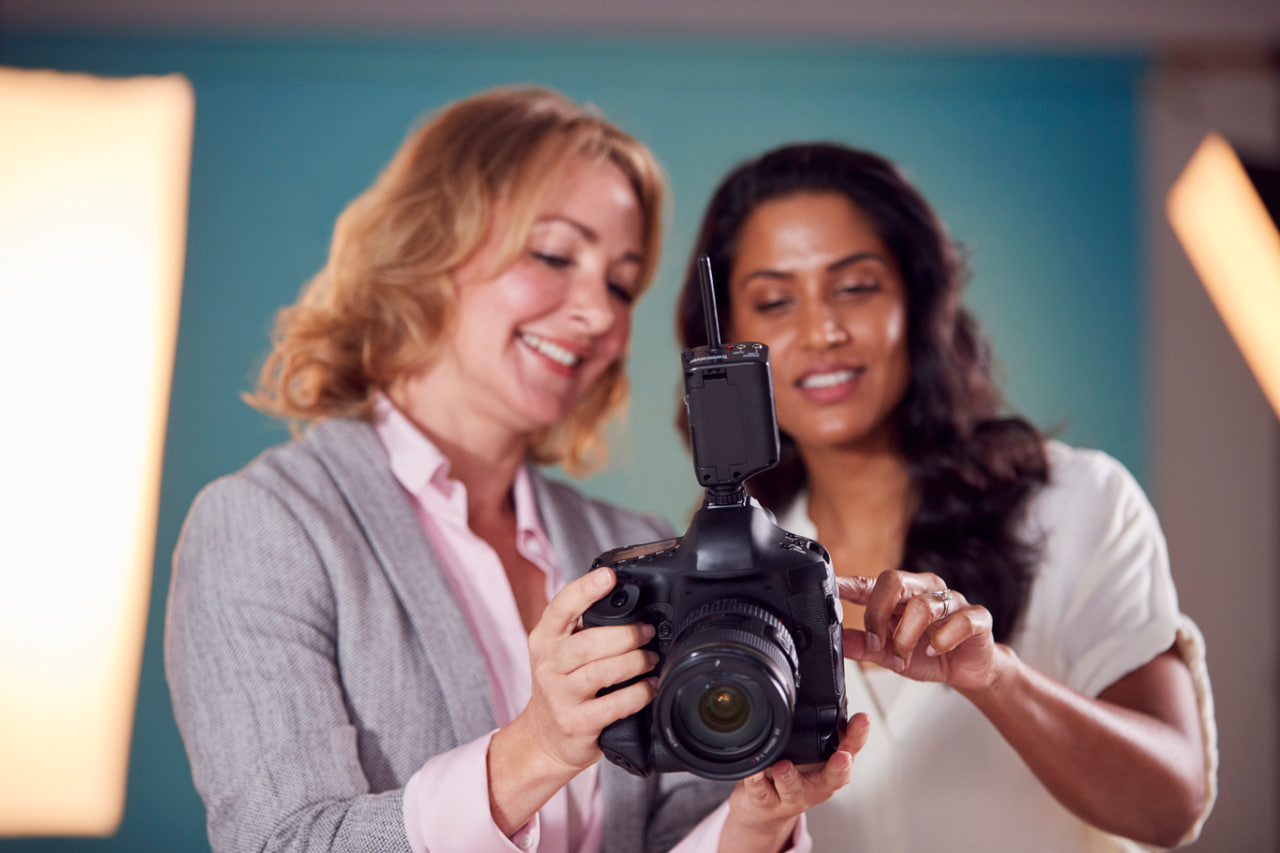Author photography, also known as personal or artistic photography, has undergone a remarkable evolution over the past century. What began as a labor-intensive process with film cameras has transformed into a highly versatile and creative medium in the digital era. Understanding this evolution provides insight into how photographers have expanded their artistic expression, blending technical innovation with personal vision to create images that are uniquely their own.
The Beginnings of Author Photography
The roots of author photography can be traced back to the early 20th century when photographers began experimenting beyond traditional portraiture and documentary work. These early artists sought to use photography as a means of personal expression rather than mere documentation. Film photography required meticulous planning, knowledge of light, exposure, and darkroom techniques. Every shot was intentional, and the limited number of exposures encouraged careful composition and creative deliberation.
Film Photography and the Art of Precision
Film photography shaped the way early authors approached their craft. The tactile nature of film, combined with the need for precise manual settings, demanded patience and technical skill. Photographers experimented with different film types, chemical processes, and printing techniques to achieve the desired aesthetic. Techniques such as long exposures, double exposures, and darkroom manipulation allowed artists to imbue their images with mood, texture, and emotion. This era emphasized discipline and intentionality, laying the foundation for what would later become signature styles in author photography.
Transitioning to Digital Photography
The advent of digital photography in the late 20th and early 21st centuries revolutionized the field. Digital cameras offered instant feedback, unlimited exposures, and unprecedented flexibility in post-processing. Photographers could experiment freely without the constraints of film, exploring new angles, lighting conditions, and compositions. Software tools like Photoshop and Lightroom expanded creative possibilities, allowing photographers to enhance colors, manipulate images, and merge multiple exposures with ease. Digital photography democratized artistic expression, making it more accessible while still retaining the potential for deeply personal and refined work.
The Rise of Personal Style and Conceptual Work
With digital tools and technology, author photographers increasingly focused on personal style and conceptual storytelling. The camera became an instrument not just for capturing reality but for expressing ideas, emotions, and perspectives. Artists began blending documentary, abstract, and experimental approaches, exploring themes of identity, memory, culture, and imagination. The evolution from purely technical mastery to conceptual vision marked a turning point, allowing photographers to develop a signature voice that distinguishes their work.
Integration of New Media and Techniques
Modern author photography continues to evolve through the integration of new media and techniques. High-resolution cameras, drones, 360-degree photography, and mobile devices expand the possibilities for creative experimentation. Photographers now incorporate video, motion graphics, and digital composites into their work, creating hybrid forms that challenge traditional boundaries. Social media and online galleries provide platforms for sharing art globally, influencing trends and encouraging cross-cultural collaboration.
The Balance of Tradition and Innovation
While digital tools offer limitless potential, many contemporary photographers still draw inspiration from the precision and intentionality of film photography. The principles of light, composition, and narrative remain essential, even in digital workflows. Combining traditional techniques with modern tools allows photographers to maintain the depth and artistry of early author photography while embracing innovation. This balance ensures that the evolution of the medium enhances rather than diminishes the integrity of personal expression.

